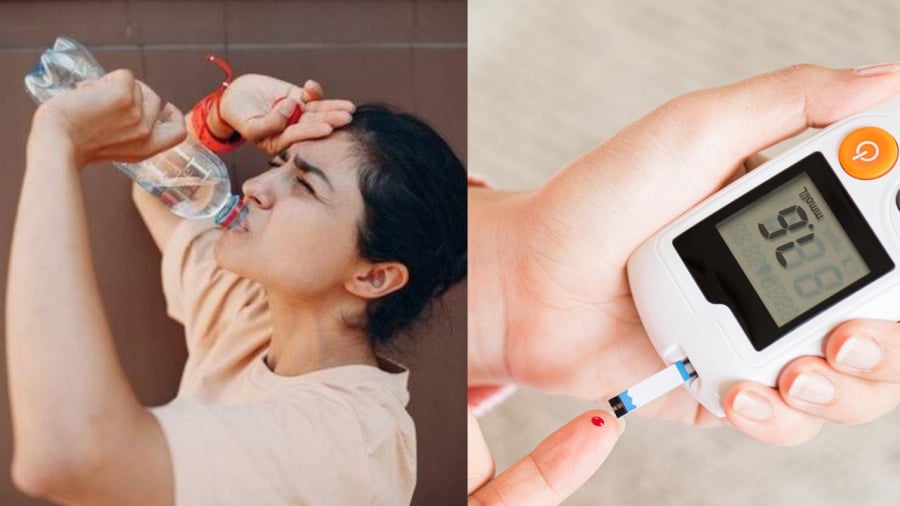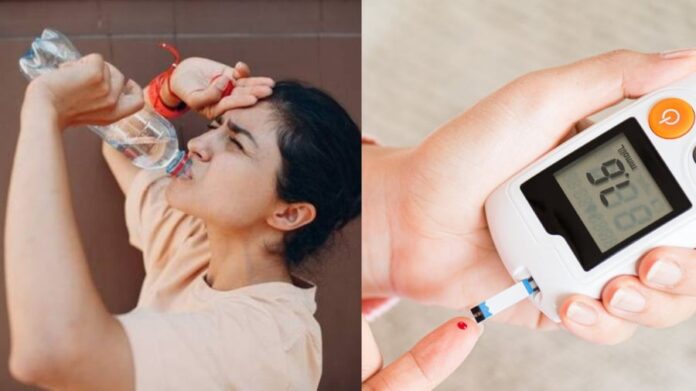Diabetes is a condition caused by unstable insulin levels in the body, resulting in uncontrolled blood sugar levels. Also known as diabetes mellitus, it encompasses several types:
- Type 1 Diabetes
- Type 2 Diabetes
- Secondary Diabetes
- Gestational Diabetes
Left unmanaged, diabetes can lead to a host of complications, including high cholesterol, vision loss, high blood pressure, and stroke.
To detect diabetes early, watch out for these eight subtle signs. Many people overlook these initial symptoms due to their non-specific nature, often mistaking them for other conditions.
1. Frequent Thirst
Diabetes can make you constantly thirsty. Pay attention to your body—if you find yourself thirsty often, even after drinking enough water and without excessive physical activity, it could be a red flag for diabetes.

2. Increased Urination and Large Volumes of Urine
Along with frequent thirst, you may also find yourself urinating more often. If you experience this without any urinary tract issues like a urinary tract infection, it could be a sign of diabetes.
3. Persistent Fatigue
Fatigue is a common symptom of diabetes that is often overlooked, as it can be attributed to lack of sleep or a busy schedule. However, diabetes-related fatigue stems from a lack of insulin, which prevents glucose from being converted into energy, leaving your body feeling drained.
4. Increased Appetite, Rapid Hunger, and Unexplained Weight Loss
People with diabetes often experience rapid weight loss and constant hunger, despite eating large amounts of food. This is because elevated blood sugar levels cannot be utilized for energy, so the body turns to fat as an alternative energy source, leading to rapid weight loss and persistent hunger.

5. Blurred Vision
Diabetes can affect your vision, but many people attribute this to prolonged screen time or computer work, ignoring it as a potential symptom.
6. Recurrent Gum Infections
High blood sugar creates an environment conducive to bacterial growth, leading to frequent gum and throat infections, and even gum bleeding.
7. Skin Discoloration
Diabetes can manifest on your skin in the form of dark patches, especially in areas with skin folds. If you notice an unusual amount of skin discoloration, it could be a sign of diabetes.
8. Slow-healing Wounds Prone to Infection and Inflammation
Diabetes impairs the immune system, damaging blood vessels and leading to necrosis. As a result, wounds take longer to heal and are more susceptible to infection. Diabetes is not limited to the elderly; it can affect people of all ages. Its early signs are often mistaken for other health issues. Unmanaged diabetes can lead to severe complications, including diabetic ketoacidosis, hypoglycemia, hyperglycemic hyperosmolar syndrome, infections, and kidney failure.








































